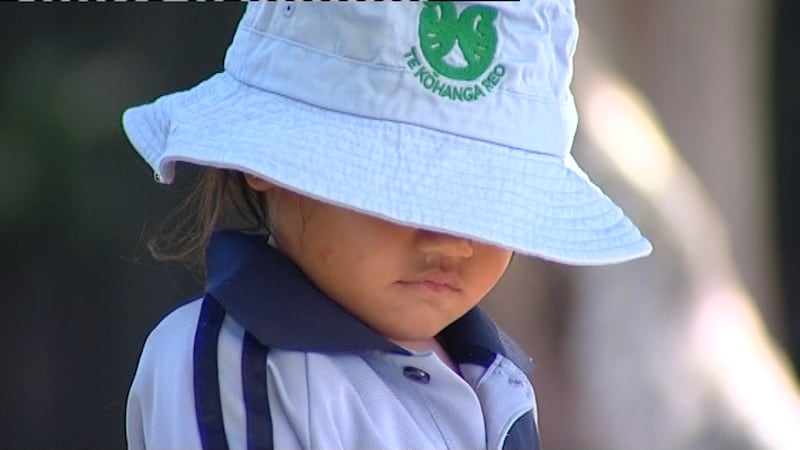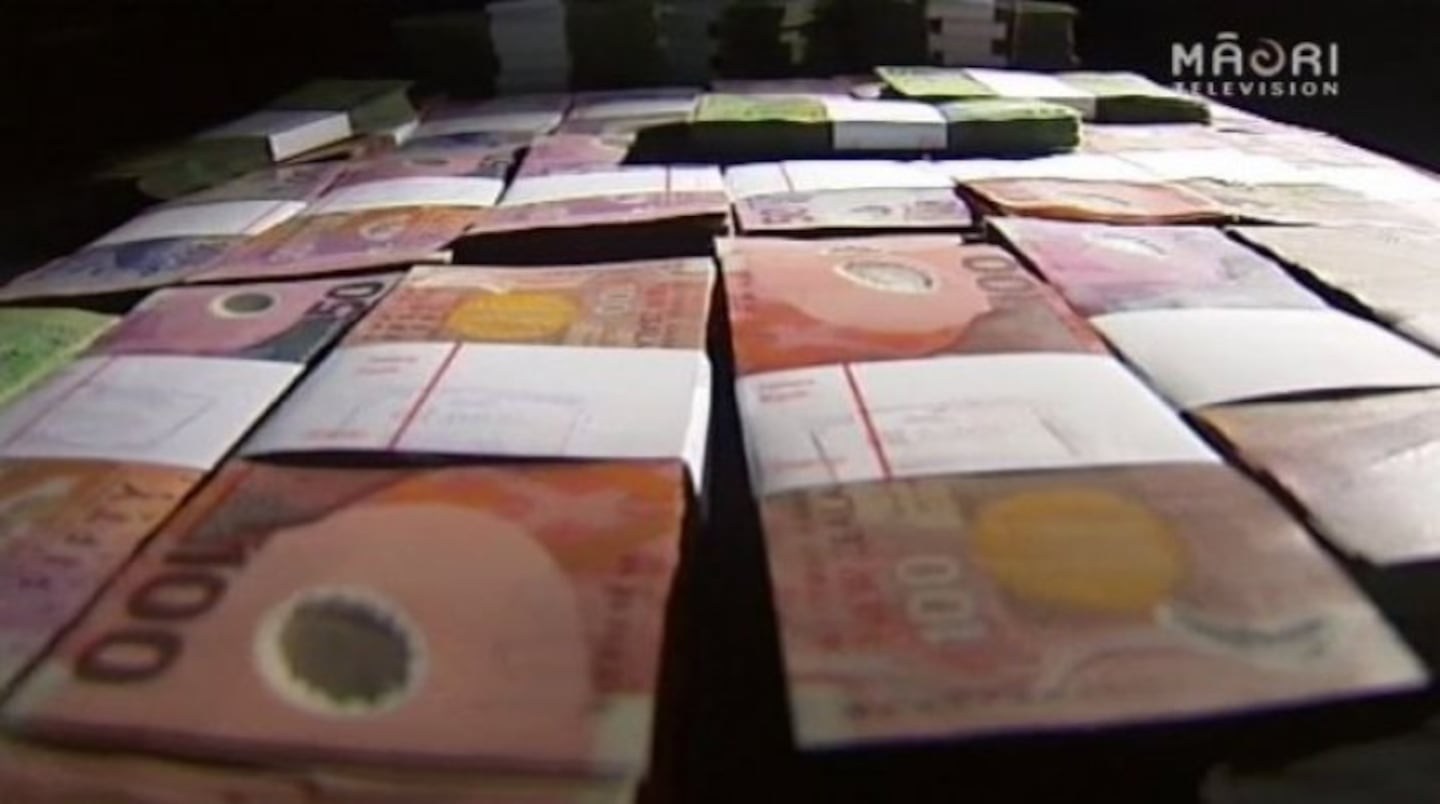In less than two weeks, the coalition government will reveal its 2024 budget, a momentous day in the annual political calendar which will see the public funding priorities laid bare to the nation.
While the full scope of the budget isn’t yet known, several ministers have announced programmes which will receive funding from the public purse in the upcoming year.
Te Ao Māori News has compiled all the pre-budget announcements that affect tamariki and rangatahi across Aotearoa.
If you are aged 25 years or younger, email daniel.perese@whakaatamaori.co.nz to share your kōrero around this year’s upcoming budget.
Early Childhood Education

The woman in charge of this year’s budget, Finance minister Nicola Willis announced whānau with tamariki in Early Childhood Education (ECE), including kōhanga reo, will receive a quarter of their weekly fees back every three months.
The FamilyBoost scheme is open to whānau earning less than $180,000 per year.
Eligible whānau will receive credit for some of the fees charged by licensed ECE providers, after the 20 Hours Free and MSD’s Childcare Subsidy are considered.
“FamilyBoost will make it easier and more worthwhile for families with young children to work by directly assisting them to pay those ECE fees,” Willis said, adding it was “a campaign commitment and forms part of our overall tax plan. I am delighted we are delivering on our promise today with support for those who need it,”
Te Kōhanga Reo o Te Maungārongo kaiako, Kausalya Martin Moore told Te Ao Māori News she doesn’t see how the payments will help whānau at all.
“We see a lot of whānau in our kōhanga and they can’t even afford food for their mokopuna.
“So I don’t see how $75 or $70 is going to help in any way other than, you know them [the government] trying to put more food on children’s tables rather than paying their fees at kōhanga,” Moore said.
According to Willis, payments will occur quarterly and cost taxpayers $723 million over four years, with additional details to follow on the day the budget is announced, which Te Ao Māori News will cover live.
New school lunch programme
Earlier this month Associate Education Minister David Seymour announced a new model for Ka Ora, Ka Ako Healthy School Lunches Programme, which will see tamariki as young as two receiving it.
Morning tea and lunches will be provided to low equity, not-for-profit, community-based early childhood centres, with 10,000 new mouths to be fed.
Seymour was pleased to announce the new programme targeted toward the new demographic.
“The first 1,000 days are key to a child’s development. I am proud this government can innovate to help even more children who need it,” he said.
At the same time, intermediate and secondary school students will receive lunches differently, through the government’s new “alternative provision model.”
The new model will see the government buy a bulk supply of goods, which schools can order from as demand requires.
Individual kura will be responsible for storing, preparing, and distributing the food.
Although primary school learners are unaffected, this announcement worried Te Kura Ākonga O Manurewa tumuaki Whaea Irihapeti Matiaha as her kura has both primary and intermediate students.
“I’m thinking about how will that fit with this school, based on the values of this school, based according to the principles of this school, according to the traditions of this school, because I’m thinking about the principles of caring, empowering, protecting and loving.”
“I’m a bit worried, what is the direction going forward,” she said.
She did however admit to a feeling of relief, and was pleased that the government didn’t scrap the programme altogether.
$478 million will be put aside in Budget 2024 for Ka Ora, Ka Ako with the changes taking effect at the beginning of 2025.
Reading and writing
Education Minister, Erica Stanford announced $67 million from this year’s budget will be set aside to help students improve their reading and writing by teaching them “structured literacy”.
“Being able to read and write is a fundamental life skill that too many young people are missing out on. Recent data shows that just 56 per cent of year eight students are at the expected level for reading, and just 35 per cent for writing.
“Domestic and international evidence shows this method is the most effective way of equipping children with strong reading skills that are critical for their futures.
“A number of schools in New Zealand are already teaching structured literacy and have experienced significant improvements in student achievement. I want all children to have this opportunity,” she said.
The new approach will be introduced at the beginning of 2025 for all state schools.
Through this new plan, the government is setting a target of 80 per cent of year eight students to read and write at curriculum level by 2030.
Charter schools
Another announcement from Associate Education Minister David Seymour revealed $153 million will be spent to create 50 charter schools across Aotearoa.
Tipene St Stephens School tumuaki Matua Nathan Durie believes turning the newly revived school into a charter school will provide better outcomes for their students if picked for the new project.
“What charter schools provide is a level of flexibility that allows us to deliver outcomes for ourselves and that’s important. Actually, there’s quantifiable evidence across this country now that says when Māori deliver for themselves, they do a better job and that’s all we’re asking for,” Durie told Te Ao Māori News.
Education expert Keri Milne isn’t too excited about Seymour’s new plan to turn 35 state schools into charter ones while also creating 15 new ones.
“I’m a supporter of more options but I think those can be delivered within the system that we currently have.
“Charter schools as yet have not been proven to be an effective model and in actual fact there has been proven evidence overseas and in at our own schools, that they, in fact, don’t work.
“There’s ample evidence that shows kura kaupapa and those kinds of initiatives within the system are the places that are delivering the goods,” she said.
Durie believes the current educational system has had its chance and failed.




